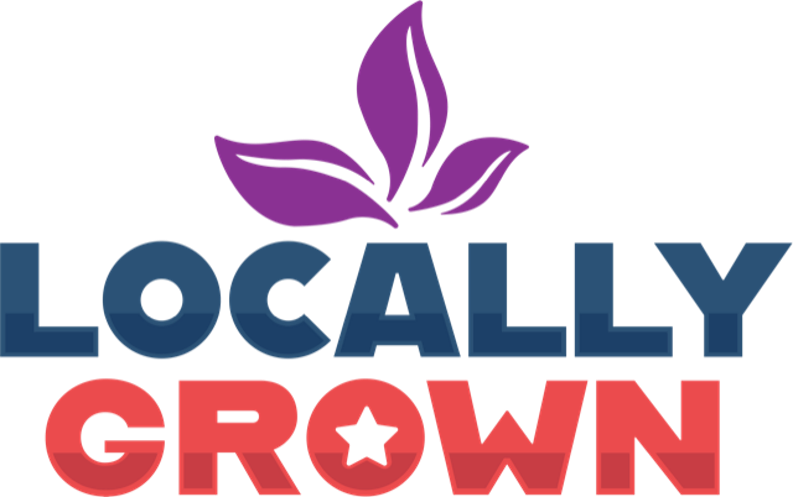The "Not so Green New Deal"
In the 2018 fall midterm elections, a group of young freshman arrived in the US House of Representatives supporting an agenda of radical change for America called the Green New Deal. It focuses on re-ordering economic activity in the name of climate change. The Green New Deal calls for the following goals to be accomplished in 10 years:
· Eliminating usage of ALL fossil fuels
· Modifying ALL buildings in the country for energy efficiency
· Eliminating the flatulence of cows
· Changing our transportation system to be ALL electric with a focus on high-speed rail to replace air travel
· Guaranteed income for ALL Americans whether someone chooses to work or not
· Free healthcare for ALL Americans
· Free college for ALL Americans
· All of the above infrastructure would be built by government employees, not the private sector
· Lots of other goodies too many to mention
Estimates of the cost of this range from $93 trillion over 10 years to the entire GDP of our planet. When asked how this would all be funded, supporters state that the government would raise taxes on the wealthy and borrow from the Federal Reserve whatever else was needed because the issue demands it. They insist that significant tax increases on wealthier Americans combined with borrowing will pay for the Green New Deal and the economy will be just fine in the process. Right.
While I agree that human activity is having an effect on our climate, I also have questions about the scope and time frame of its effects. I doubt that the planet will be doomed in 12 years if we don’t crush our economy now. I can hear the "climate denier" epithets echoing in the blogosphere already. Actually, I am where most Americans are on the issue. Less fossil fuel and their subsidies, more renewable energy, including nuclear, and sensible carbon emissions pricing. I might be more sympathetic to the Green New Deal if it was actually about climate (and its supporters stopped cursing at people who question the cost-benefit)
Ironically, according to a May 2019 Washington Post interview with Saikat Chakrabarti, Chief of Staff for Rep. Alexandria Ocasio-Cortez, the Green New Deal was never about climate change. Chakrabarti surprisingly disclosed, “The interesting thing about the Green New Deal is it wasn’t originally a climate thing at all. We really think of it as a how-do-you-change-the-entire-economy thing.” So, the Green New deal is really about power, not climate change?
My new book, Locally Grown: The Art of Sustainable Government, talks a lot about the nature of power and how those who seek it mask their intentions. It focuses on sustainability, a topic that applies as much to power as it does to the biosphere. If something is sustainable, it means it can last forever, or at least a very long time. It means that a system is balanced and adaptable in a way that it can function in perpetuity. Whether it’s an economy where only a relative few benefit or a government where most power is held by a few, overly concentrated power is not sustainable. Power works best when it is distributed.
The Green New Deal just concentrates more power with a federal government that is already too concentrated. Contrary to what its supporters tell us, it doesn’t give “power to the people”. It puts government in control of just about everything the people do. The only true “people power” is a government that is distributed from the bottom-up. That’s how our Constitution was designed because the Founders knew that concentrated power always collapses eventually. With over $30 trillion in federal debt and another $12 trillion in state and local liabilities, the U.S. public Debt to GDP ratio is about 171%. Right there with Italy and Greece. I don’t know if adding another $10+ trillion per year with the Green New Deal will save our planet from impending climate doom, but I guarantee it would spell doom for America’s economy and the freedom of its citizens.
